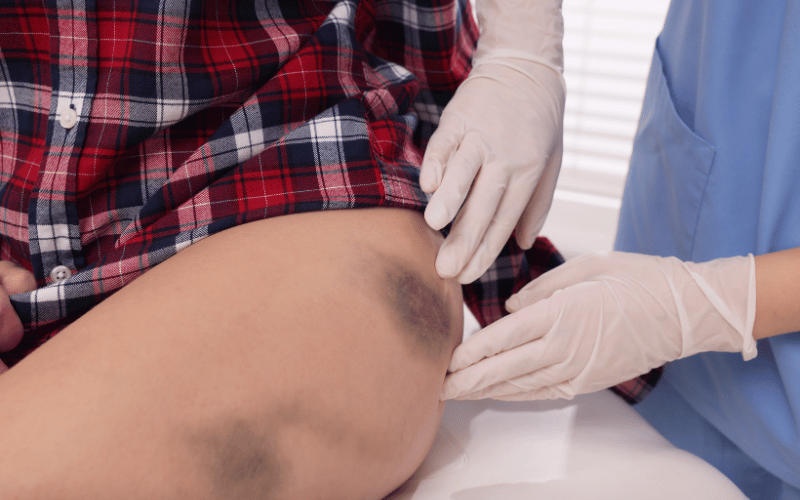15. Skin Changes: A Rare Manifestation of Cardiac Amyloidosis

In some cases, individuals with cardiac amyloidosis may experience changes in their skin, such as thickening, easy bruising, or the development of purplish patches called purpura. These changes are typically caused by amyloid deposits in the skin’s blood vessels and connective tissues.
Skin changes are a rare but significant manifestation of cardiac amyloidosis. These changes are usually seen in patients with advanced disease and are associated with a poor prognosis. The most common skin changes seen in cardiac amyloidosis are purpura, ecchymosis, and petechiae, which are caused by the deposition of amyloid fibrils in the small blood vessels of the skin. These skin changes are typically found on the lower extremities, but they can also occur on the face, neck, and trunk.
Another skin manifestation of cardiac amyloidosis is cutaneous amyloidosis, which is characterized by the deposition of amyloid fibrils in the skin itself. Cutaneous amyloidosis can present as papules, nodules, or plaques on the skin and is more commonly seen in patients with primary systemic amyloidosis.
The exact mechanism behind skin involvement in cardiac amyloidosis is not entirely understood. It is believed that the deposition of amyloid fibrils in the skin and blood vessels may impair blood flow, leading to skin ischemia and subsequent skin changes. Additionally, the accumulation of amyloid fibrils in the skin may activate the immune system, leading to an inflammatory response and further tissue damage.
Diagnosing cardiac amyloidosis can be challenging, as the symptoms are often nonspecific and can mimic other cardiac and non-cardiac disorders. In patients with skin changes and a suspicion of cardiac amyloidosis, a biopsy of the skin lesion may be useful in confirming the diagnosis. Other diagnostic tests that may be helpful include electrocardiography, echocardiography, cardiac MRI, and serum and urine protein electrophoresis.
While skin changes can be caused by various factors, it’s crucial to consider cardiac amyloidosis if they occur alongside other symptoms on this list or if they are resistant to traditional treatments. (15)